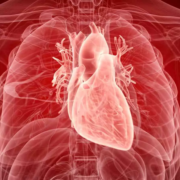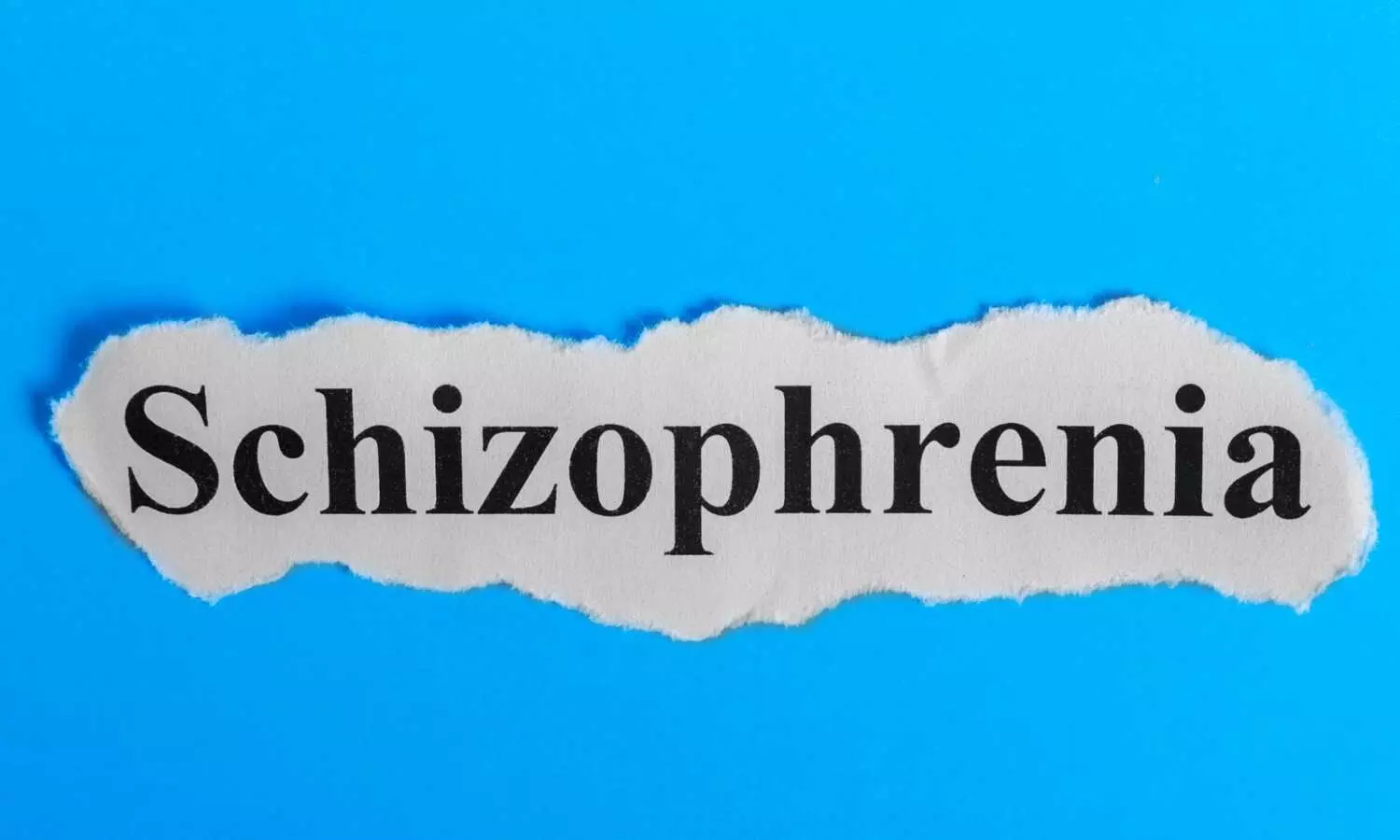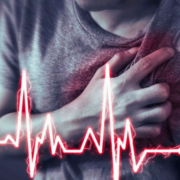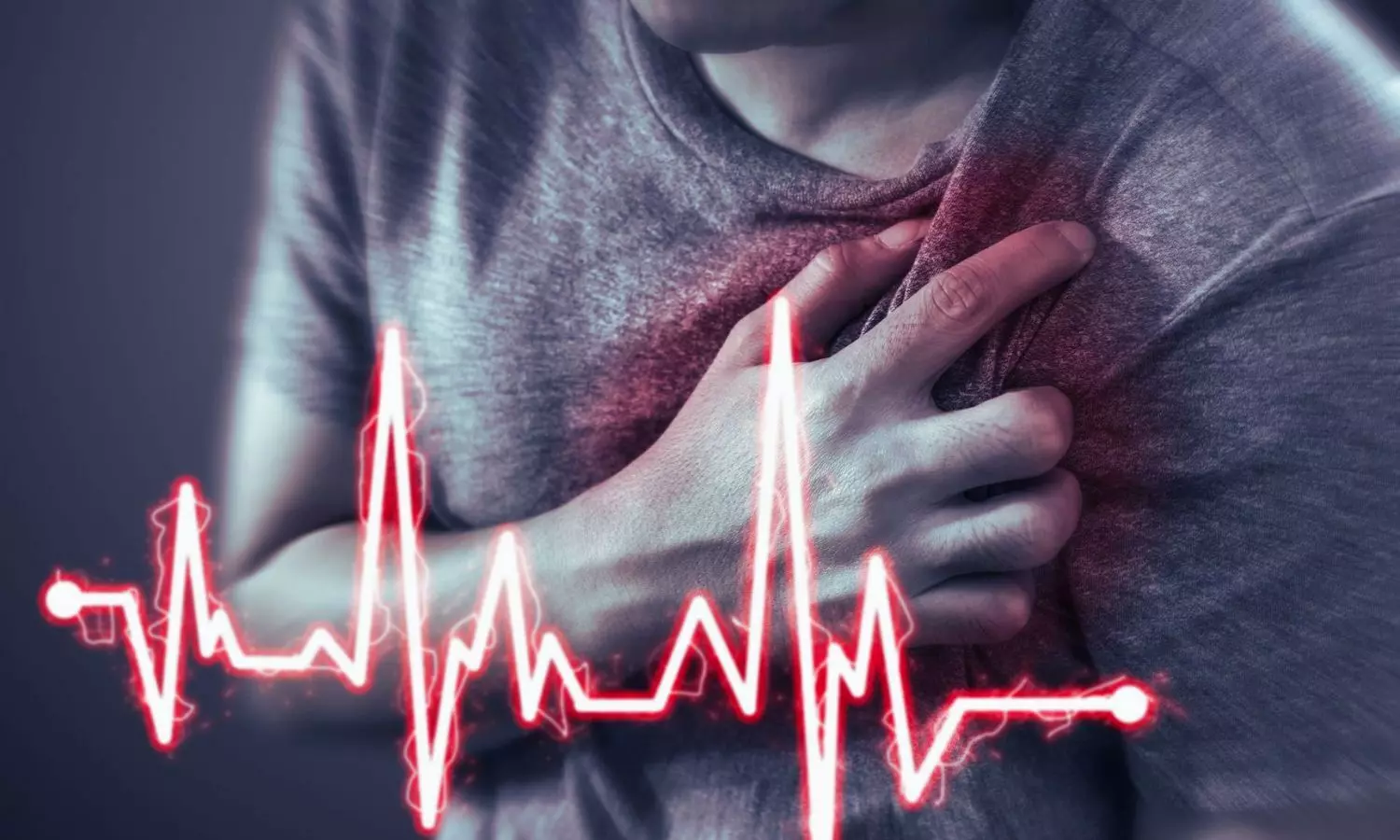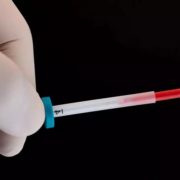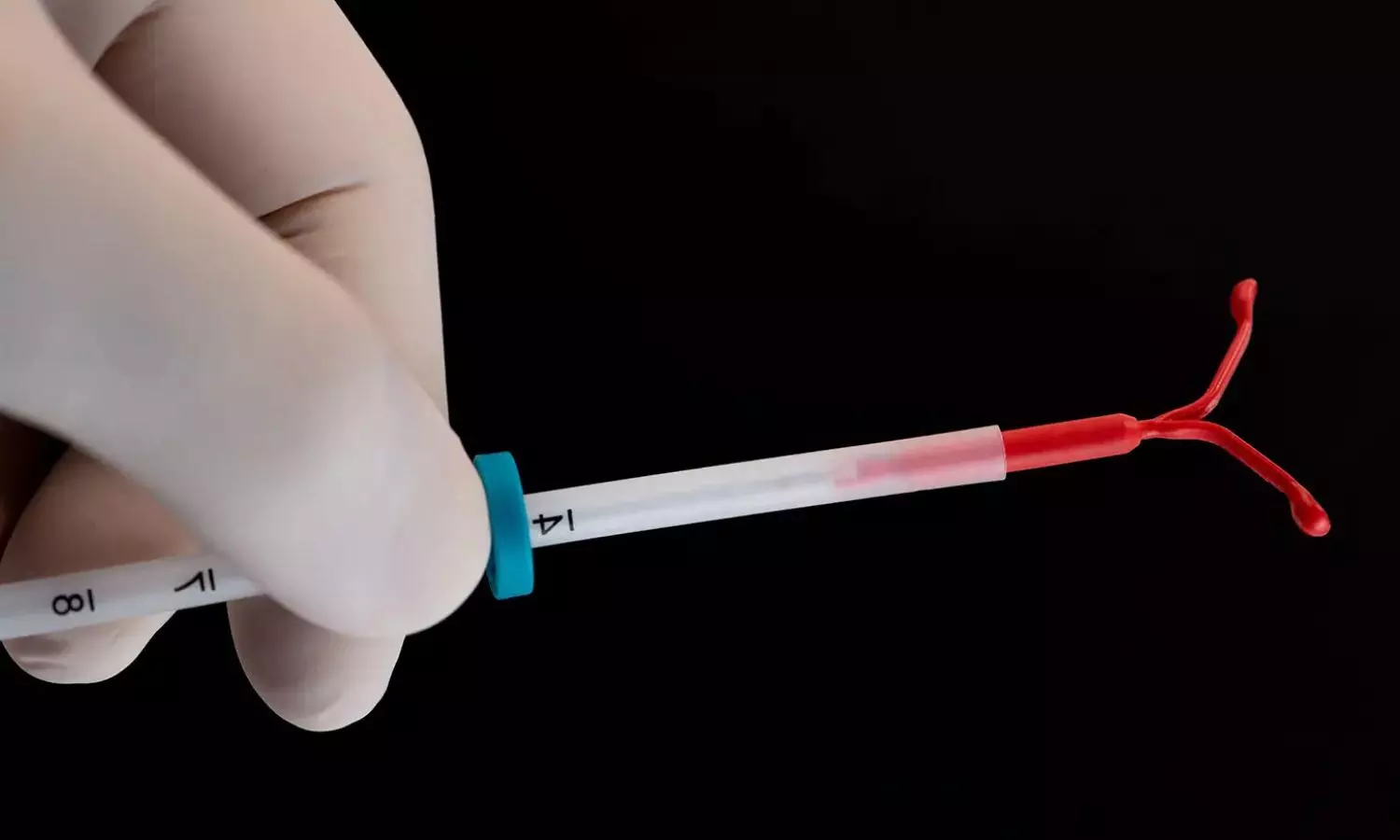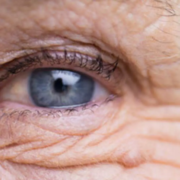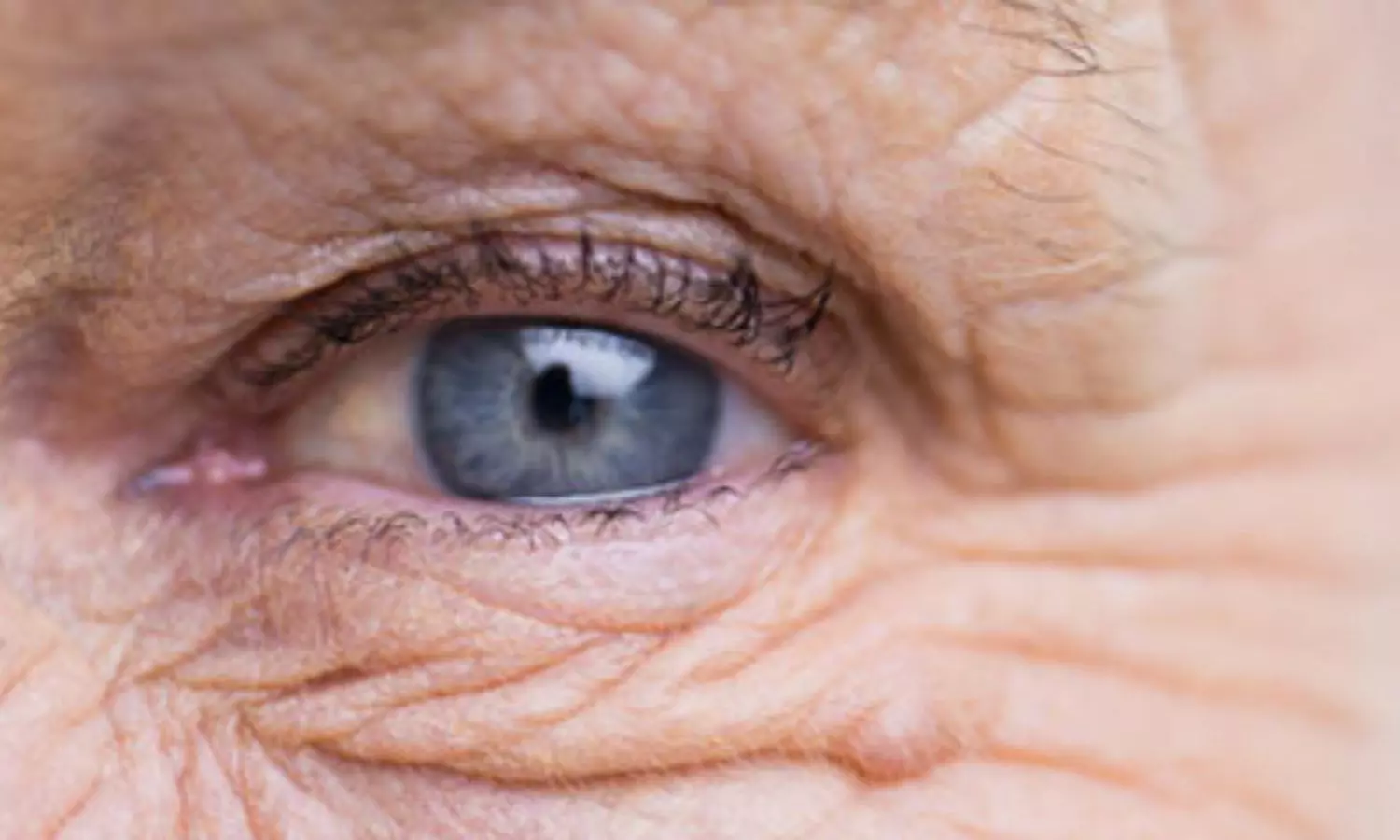Cancer immunotherapy may cause heart inflammation in some patients, reveals research
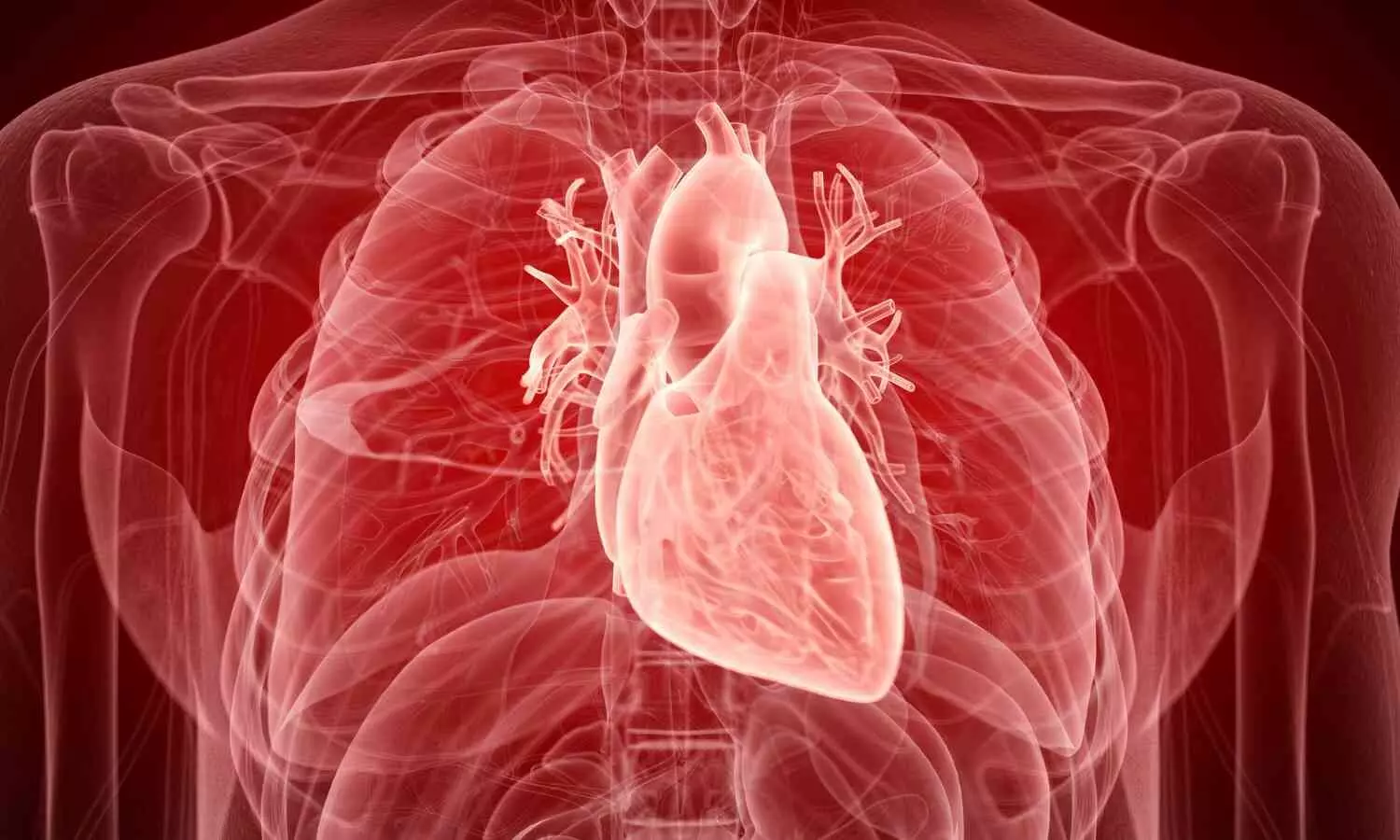
Some patients being treated with immune checkpoint inhibitors, a type of cancer immunotherapy, develop a dangerous form of heart inflammation called myocarditis. Researchers led by physicians and scientists at the Broad Institute of MIT and Harvard and Massachusetts General Hospital (MGH), a founding member of the Mass General Brigham healthcare system, have now uncovered the immune basis of this inflammation. The team identified changes in specific types of immune and stromal cells in the heart that underlie myocarditis and pinpointed factors in the blood that may indicate whether a patient’s myocarditis is likely to lead to death.
Appearing in Nature, the results are among the earliest translational findings to come from the Severe Immunotherapy Complications (SIC) Service and Clinical-Translational Research Effort, which is based at Mass General Cancer Center and includes Broad researchers. Launched in 2017, this is a first-of-its-kind program in North America focused on improving the diagnosis, treatment, and understanding of serious immunotherapy complications, which can affect nearly every organ system. The team focused on myocarditis as one of their first research projects because despite being one of the rarer complications from immune checkpoint inhibitors (ICIs), it is the most deadly.
Importantly, these findings provide the first evidence for an immune reaction in the heart that is distinct from the immune response at the tumor, suggesting that targeted treatments might be able to address myocarditis while allowing patients to continue receiving potentially life-saving anti-tumor immunotherapy. The results also highlight possible therapeutic targets that bolster the rationale behind an ongoing clinical trial recently launched at MGH that is testing a drug for this kind of heart inflammation.
Roughly 1 percent of patients treated with an ICI-more than 2,000 individuals a year in the US-will develop myocarditis, and this number goes up to nearly 2 percent among patients treated with certain immunotherapy drugs in combination. Myocarditis leads to dangerous cardiac events such as arrhythmia and heart failure in 50 percent of cases, and about a third who develop the condition will die from it, despite current treatments. In addition, treatments and supportive care approaches used for other forms of myocarditis, such as viral myocarditis, don’t work for this type.
“We don’t have great solutions now to help these patients, so we try everything to shut down the immune system and reverse myocarditis, but that’s an imprecise approach that comes with its own risks,” said study co-senior author Alexandra-Chloé Villani, an institute member at the Broad, an investigator in the Krantz Family for Cancer Research and the Center for Immunology and Inflammatory Diseases at MGH, and an assistant professor of Medicine at Harvard Medical School who leads the translational research endeavors related to the SIC Service at MGH. “Our results provide a more detailed picture of what’s happening in the heart and suggest intriguing new ways forward to improve patient care.”
“Myocarditis from immune checkpoint inhibitors is a major hurdle for us clinically,” said co-senior author Kerry Reynolds, the clinical director of inpatient oncology at MGH, director of the SIC Service, and an assistant professor of medicine at Harvard Medical School. “This study is a game-changer, paving the way to unearthing the roots of these complications. We are incredibly grateful to each and every patient who partnered with us, all those involved in their clinical care, and the exceptional team in our lab who made this research possible.”
“This work provides a biological foundation for testing more targeted therapies for myocarditis due to an immune checkpoint inhibitor. This paper is a major step forward as we need to improve our understanding of this toxicity, and this will lead to improved outcomes,” said co-senior author Tomas Neilan, an associate professor of medicine at Harvard Medical School and director of the Cardio-Oncology Program and co-director of the Cardiovascular Imaging Research Center at Mass General.
Benefits and risks
Approximately one-third of patients with cancer in the United States are eligible to receive the revolutionary drugs known as immune checkpoint inhibitors (ICIs), which are part of the immunotherapy class of medicines that take the brakes off the body’s immune system so that it can fight cancer.
The threat of serious complications and the challenge of how to manage them is growing as more patients undergo ICI treatment each year. More than 230,000 patients in the US were treated with ICIs in 2020, and that number has likely grown since then as the FDA has approved more than 80 indications for these medicines. Most patients taking one or more ICI drugs will develop at least one form of toxicity and, depending upon the drug given, ten percent to more than 50 percent will develop a severe complication. The complications can be difficult to halt or reverse, even if the treatment is stopped, and patients can develop life-threatening organ inflammation after a single dose. Doctors currently don’t have effective targeted treatments, so they often have to stop the anti-tumor therapy or give large amounts of steroids, which have their own undesired side effects such as lowering the efficacy of the ICI anti-tumor treatment.
One of the more feared complications of immunotherapy, checkpoint myocarditis is significantly more dangerous for patients than myocarditis from other causes and it’s unclear why. “Since we first started seeing checkpoint myocarditis less than a decade ago, it’s largely been a black box,” said co-first author Daniel Zlotoff, a cardiologist and assistant in medicine at MGH and postdoctoral fellow in the Villani lab. “Only now are we starting to answer the fundamental biological questions, which we hope will shed light on the optimal treatments to make it more tolerable and improve outcomes for patients.”
In the new study, the researchers collected blood from individuals who developed myocarditis while on ICI therapy and consented to be part of the study, along with paired heart and tumor tissue from some. As patients underwent diagnostic procedures at the SIC Service, or after they succumbed to the illness, samples were taken and rapidly sent to the lab, where the research team performed single-cell RNA sequencing analysis along with microscopy, proteomic analysis, and T-cell receptor sequencing to identify cells involved in driving and sustaining the inflammatory processes associated with myocarditis.
In the heart tissue of patients, the team observed the upregulation of molecular pathways that help recruit and retain immune cells involved in inflammation. They also saw an increase in abundance of several immune cell subsets, as well as an increase in abundances of certain cellular groupings composed of specific cytotoxic T cells, conventional dendritic cells (cDCs), and inflammatory fibroblasts that were found together in the hearts of patients with active disease. In the blood, they found reductions in plasmacytoid dendritic cells, cDCs, and B lineage cells along with increased numbers of other mononuclear phagocytes.
The team also analyzed the T-cell receptor, a unique protein complex that binds and responds to foreign particles known as antigens. T-cell receptors abundant in the affected heart tissue were distinct from those seen in tumors, a result that is different from findings by other researchers which suggested that the immune responses in a patient’s heart and tumor were the same. The team also found no evidence for T-cell receptors recognizing the α-myosin protein, which was previously reported to be a pivotal antigen driving checkpoint myocarditis. These results suggest that the T-cell receptors most abundant in affected heart tissue recognize undetermined antigens. In future work, the researchers hope to identify the particular antigens at play in the heart and the tumor and discern whether they are normal proteins, mutated tumor proteins, foreign particles like viruses, or something novel.
“Because the responses in the tumor and the heart are different, it makes us hopeful that we can someday disentangle the two and treat them separately,” said co-first author Steven Blum, an oncologist at MGH and postdoctoral fellow in the Villani lab. “We’re especially grateful to the patients who are willing to participate. Ultimately, it’s the biggest gift that a patient can give to research.” The researchers acknowledge that the result was only possible with crucial contributions from MGH and Broad members who lead the Rapid Autopsy Program, developed by Dejan Juric, and the hospital’s pathology team, notably James Stone.
The pattern of T cell subtypes in the blood also indicated which individuals were more likely to succumb to myocarditis, suggesting that a blood-based measurement could one day be used to flag patients who are at increased risk and should be monitored closely or avoid immunotherapy altogether. They also found T cells in the peripheral blood that originated in the heart and correlated with severity of disease. The findings open the door to developing a diagnostic blood test that could replace invasive heart biopsies for patients suspected of having myocarditis.
The work also lends support to an ongoing clinical trial (ATRIUM, NCT05335928) based at MGH exploring the use of an arthritis drug, abatacept, to control myocarditis in these patients. “We always want better patient outcomes, but we need hard evidence from clinical trials on how to resolve the inflammation while preserving anti-tumor responses,” said Reynolds. “These cell maps help guide us to what we should be studying in clinical trials.”
By treating and studying complications across different organ systems, the researchers hope to find both distinct and shared mechanisms that can shed light on adverse events that affect diverse parts of the body in these patients, often simultaneously. The researchers are also working to bring together other institutions that share the goal of improving immunotherapy and cancer patient care, and are providing guidance for similar efforts elsewhere.
“It’s important to remember that immunotherapy drugs are miracle life-saving medicines, and patients should not be afraid of them,” said Villani. “We just need to make them work better so that we can maximize their anti-tumor treatment benefit while minimizing the risk of adverse events.”
Reference:
Blum, S.M., Zlotoff, D.A., Smith, N.P. et al. Immune responses in checkpoint myocarditis across heart, blood and tumour. Nature (2024). https://doi.org/10.1038/s41586-024-08105-5.
Powered by WPeMatico

